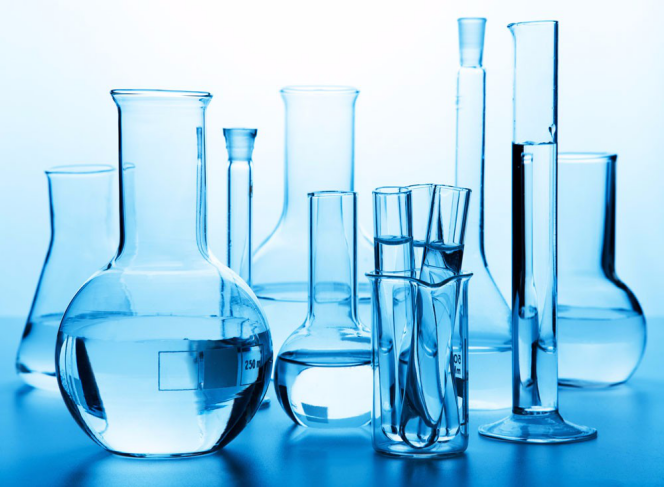Market potential and problems coexist
From the second session of the Medical Device Industry Development and Investment CEO Summit, the global medical device market sales increased from 187 billion US dollars in 2001 to 355.3 billion US dollars in 2009, with a compound growth rate of 8.35%. In 2012, the market size of China's medical device industry was about 150 billion yuan, and the compound growth rate in the past 10 years was 21.3%, far exceeding that of developed countries.
In addition, compared with the global level of 42%, China's medical device market accounted for 14% of the total pharmaceutical market size, compared with the global per capita device consumption level, there is still 5-6 times the room for improvement.
However, Zhang Zhaofeng, deputy director of the Department of Biotechnology and Medicine of the Department of Social Development and Technology of the Ministry of Science and Technology, unabashedly pointed out the problems in the industry. "We can't do many products, the basic products are not doing well, the industry scale is not big, high-end The products are not strong. For example, at the grassroots level, the equipment level does not reach the basic needs."
"The reasons are mainly due to less innovation, imperfect coordination mechanism, insufficient resource integration, etc." Zhang Zhaofeng said that in the future, it will accelerate the use of innovation as a driving force and integrate the means to greatly enhance the core competitiveness of the medical device industry.
It will focus on supporting 10-15 large medical device enterprise groups, supporting 40-50 innovative high-tech enterprises, establishing 8-10 medical device technology industrial bases and 10 national-level innovative medical device product demonstration application bases.
Industry into a foreign investment hotspot
In 2012, medical devices were one of the most segmented industries that focused on private equity and venture capital. The number of private equity financing cases occurred in the second place in the entire medical and health field, of which 18 transactions disclosed the amount of investment, the total transaction amount was 848 million yuan, and the average transaction amount was 45 million yuan.
In terms of the number of investment cases, the number of medical devices traded was 2.58 times that of 2011, and the proportion of transactions in all medical and health industry transactions increased from 13.95% to 29.81%. In addition, the transaction amount was three times that of 2011, and the proportion of all medical and health industry transactions increased from 2.46% in 2011 to 17.51%.
In particular, Medtronic's $816 million acquisition of Kanghui, 361 million Hong Kong dollars in shares of Xianjian Technology, and Stryker's acquisition of 5.9 billion Hong Kong dollars in creation, both high acquisitions and the frequent appearance of foreign figures, have attracted much attention.
Tian Siyu, an analyst at the Zero2IPO Research Center, pointed out that as an important consumer market in the global medical device industry, the market potential of China's medical device sector is increasing. The trend of foreign investment in China's medical device market is mainly concentrated, mainly in two aspects.
First, the industry giants have invested heavily in the Chinese medical device market. Taking Ke Hui as an example, in 2011, R&D funds accounted for nearly 5% of its total sales, and more than 50 new products are planned to be launched in the next two years. At the same time, the development of the Chinese market is also increasing.
On the other hand, foreign-funded enterprises have focused more on the Chinese basic medical device market. While not sticking to the field of high-end devices, many foreign-funded medical device companies will also explore the Chinese basic medical device market and even identify more targeted low-end market targets.
Ibrutinib is a small molecule drug that binds permanently to a protein, Bruton's tyrosine kinase (BTK) that is important in B cells; the drug is used to treat B cell cancers like mantle cell lymphoma, chronic lymphocytic leukemia, and Waldenstrom's macroglobulinemia, a form of non-Hodgkin's lymphoma.
Ibrutinib is used to treat chronic lymphocytic leukemia, Waldenstrom's macroglobulinemia, and as a second-line treatment for mantle cell lymphoma, and marginal zone lymphoma.
We produce a series of complete intermediates for Ibrutinib, intermediate I (CAS No. 330786-24-8) and intermediate II (CAS No. 143900-44-1) etc.
All of our products are with stable production and strict quality control, making sure your experience with Sunshine Biotech is always enriching, satisfying and fulfilling.

Ibrutinib Intermediates,Cas 330786-24-8,Cas 143900-44-1,High Purity Ibrutinib Intermediates
Nanjing Sunshine Biotech Co., Ltd , https://www.sunshine-bio.com